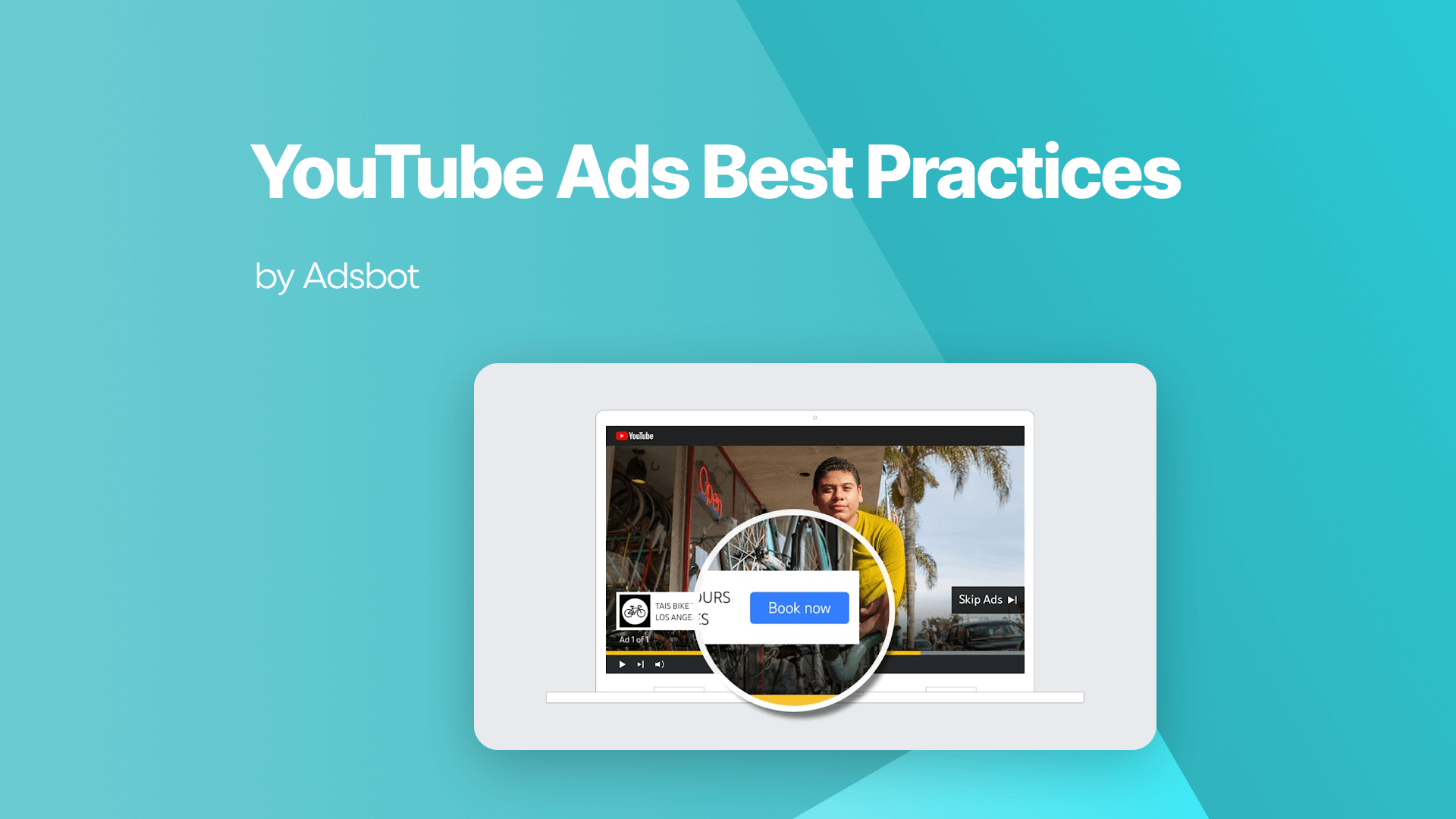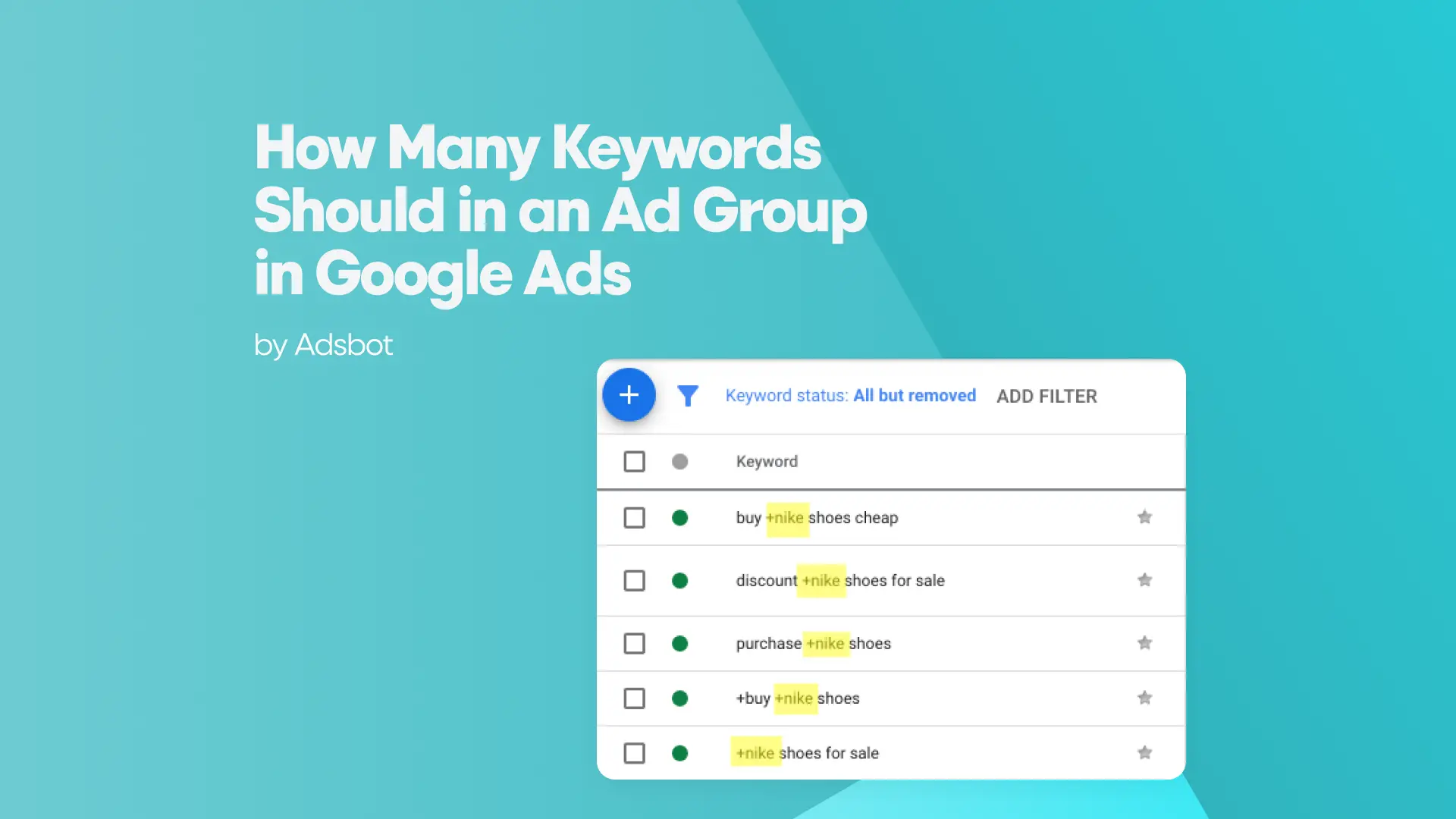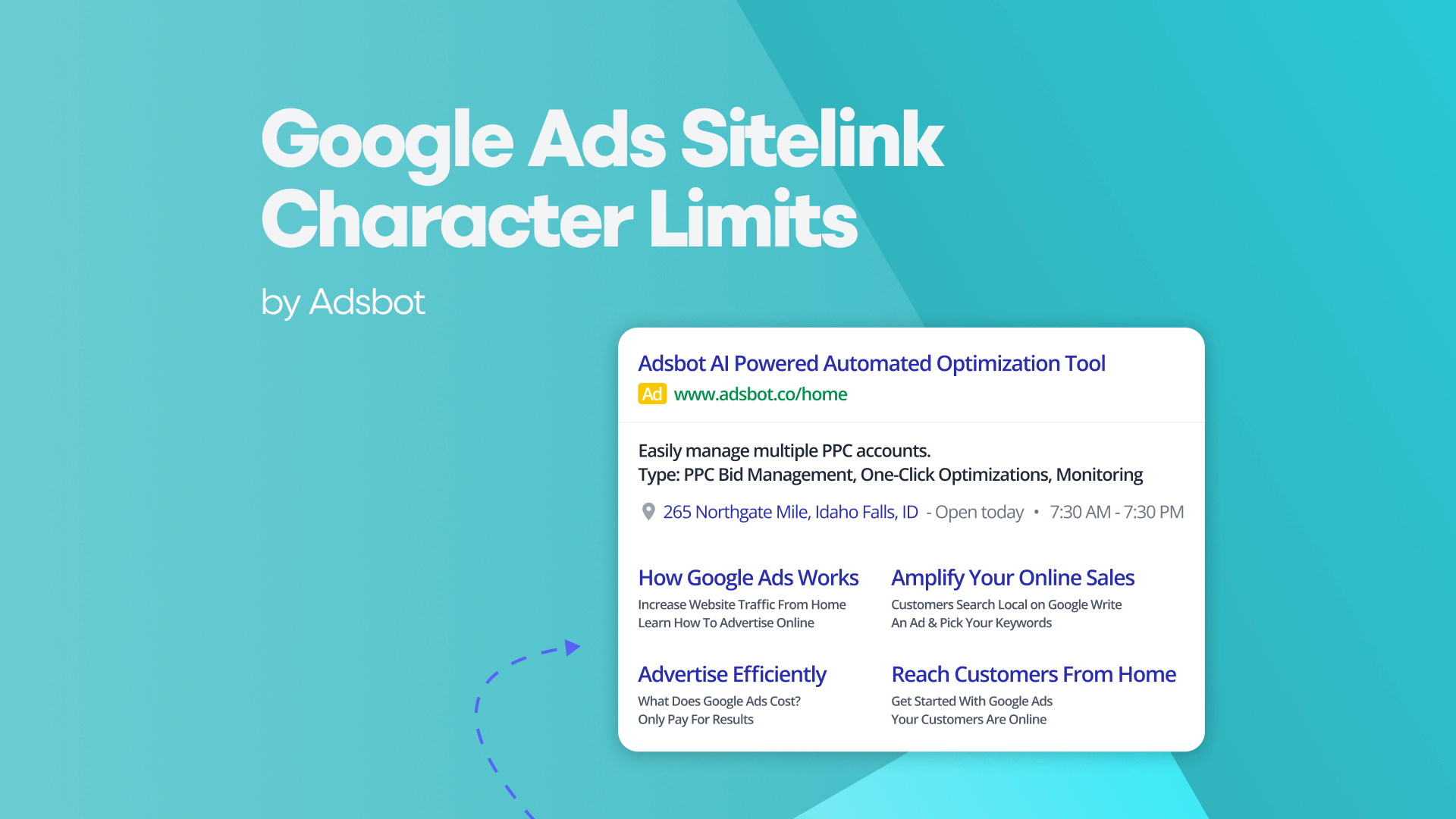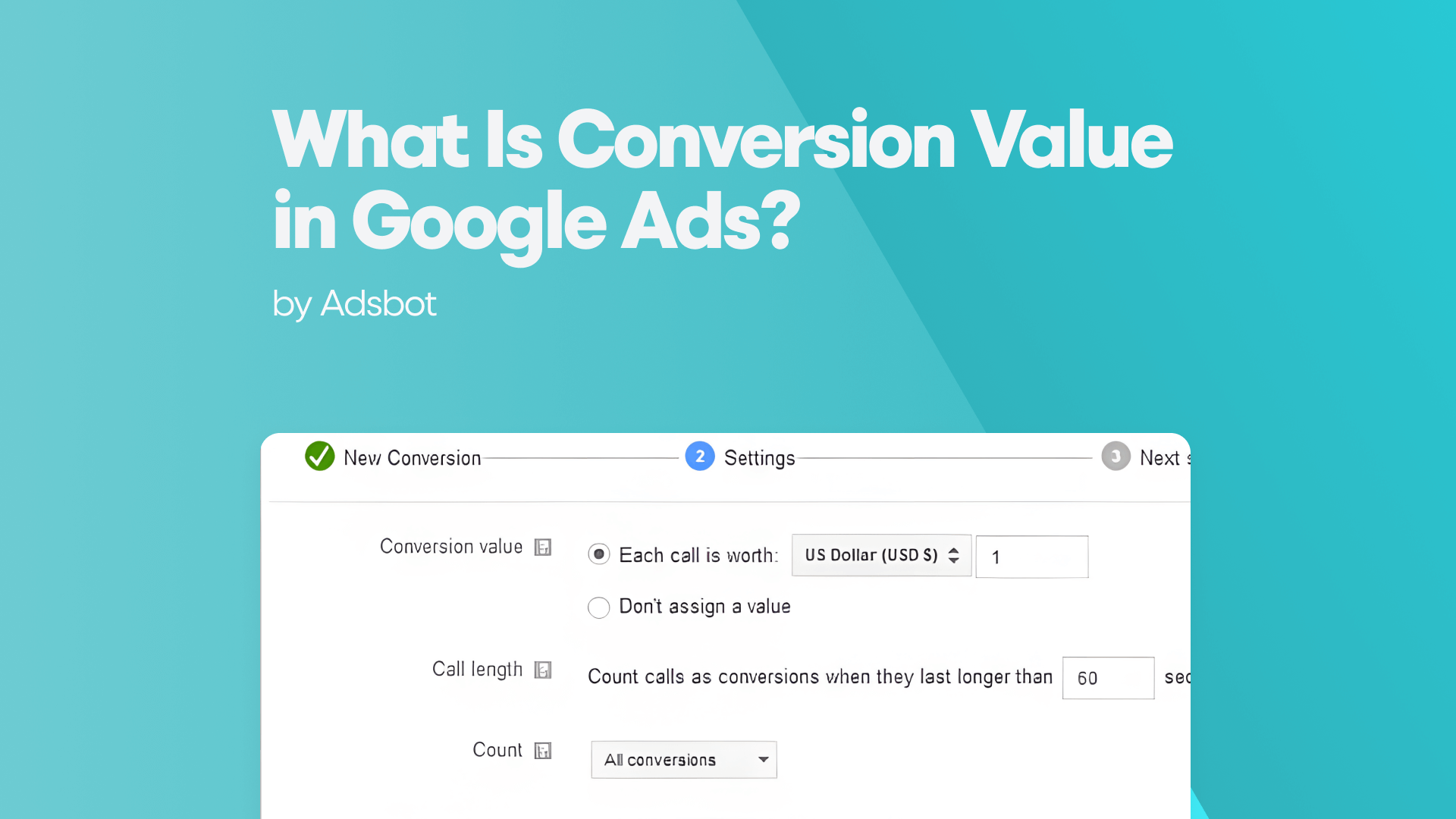Are you struggling to get the most out of your YouTube advertising budget? You’re not alone; millions of marketers face the same challenge of cutting through the noise on the world’s second-largest search engine. The truth is, YouTube ads can deliver unmatched ROI, but only if you follow proven best practices that align with how users actually consume content. Whether you’re a small business owner, a digital marketer, or a seasoned advertiser, this guide will equip you with actionable strategies to craft high-converting ads, optimize for engagement, and avoid costly mistakes. By the end, you’ll know exactly how to turn viewers into customers and why most ads fail before they even get a chance. Ready to transform your YouTube ad performance? Let’s dive in.
Types of YouTube Ads
Skippable in-stream ads are the most common, allowing viewers to skip after five seconds, which means your hook must be irresistible within that tiny window. These ads appear before, during, or after a video and are ideal for driving conversions, as they only charge advertisers if the viewer watches at least 30 seconds (or the full ad if it’s shorter). Other types of YouTube ads include:
- Non-skippable in-stream ads force viewers to watch the entire 15-20 second spot, making them perfect for brand awareness but riskier if the content isn’t engaging.
- Then there are bumper ads, which are just six seconds long and non-skippable. These require ultra-focused messaging to leave an impact in such a brief timeframe.
- Discovery ads (formerly known as in-display ads) appear in YouTube search results or alongside related videos, blending seamlessly with organic content and driving clicks to your video or channel.
Finally, overlay ads are semi-transparent banners that pop up on the lower portion of a video, while sponsored cards display content relevant to the video being watched, such as products featured in the clip. Understanding these formats is crucial because choosing the wrong type can waste your budget. For example, a bumper ad won’t work for complex product explanations, just as a skippable ad with a weak hook will get skipped before your message is delivered.
Crafting Engaging Video Content for YouTube Ads
The first five seconds of your YouTube ad are make-or-break; if you don’t capture attention immediately, viewers will skip, and your ad spend will vanish without results. To craft engaging content, start with a strong hook that addresses a pain point, asks a provocative question, or presents a surprising fact. For example, instead of opening with a generic “Introducing our new product,” try “Tired of wasting hours on manual tasks? Meet the tool that does it in 60 seconds.” Once you’ve hooked the viewer, maintain momentum by delivering value quickly. YouTube’s algorithm favors ads with high watch time, so front-load your most compelling content.
Storytelling is another powerful tool; ads that follow a narrative arc (problem → solution → transformation) perform better because they create emotional connections. For instance, a fitness brand could show a struggling individual, their journey with the product, and their eventual success. Social proof also boosts credibility; include testimonials, user-generated content, or influencer endorsements to build trust. Finally, clear calls-to-action (CTAs) are non-negotiable. Whether it’s “Shop now,” “Learn more,” or “Sign up today,” your CTA should be unmissable and aligned with your campaign goal. Remember, YouTube is a visual platform, so leverage high-quality footage, dynamic editing, and bold text overlays to reinforce your message even when viewers watch without sound.
Optimizing Visuals and Audio for Better Viewer Retention
YouTube ads are a multi-sensory experience, meaning both visuals and audio must work in harmony to keep viewers engaged. Visually, your ad should use high-contrast colors and bold typography to ensure readability, even on mobile devices where 70% of YouTube watch time occurs. Avoid cluttered frames; each shot should have a single focal point that guides the viewer’s attention. Motion is also critical; static images lead to drop-offs, so incorporate smooth transitions, zooms, or kinetic text to maintain energy. Text overlays are essential since many users watch without sound; ensure key messages are legible and appear long enough to be read.
On the audio front, a professional voiceover or crisp background music can significantly enhance retention. Studies show that ads with voiceovers perform 20% better than those without, as they humanize the brand and improve comprehension. However, avoid overly complex audio if your ad relies on sound; include closed captions to accommodate silent viewers. Pacing is another critical factor; ads with quick cuts (every 2-3 seconds) hold attention better than slow, meandering content. Finally, branding consistency is key; use the same colors, fonts, and tone as your other marketing materials to reinforce recognition. By optimizing both visuals and audio, you create an ad that feels premium, holds attention, and drives action, even in a crowded digital landscape.
Key Metrics to Measure YouTube Ad Performance
View-through rate (VTR) is the most critical metric for evaluating YouTube ad success, as it measures the percentage of viewers who watch your ad to completion (or at least 30 seconds for skippable ads). A high VTR indicates that your content is resonating with your audience, while a low VTR signals that your hook or messaging needs refinement. Other key factors include:
- Click-through rate (CTR): The percentage of viewers who click on your ad’s CTA. A low CTR may mean your offer isn’t compelling or your targeting is off.
- Cost per view (CPV): How much you pay for each view. Monitoring CPV helps you optimize bidding strategies and ensure you’re not overpaying for underperforming placements.
- Conversion rate: The percentage of viewers who take the desired action (e.g., purchase, sign-up). This metric directly ties ad spend to ROI, making it essential for performance marketers.
- Audience retention: A breakdown of where viewers drop off in your ad. If most viewers leave at the 10-second mark, your intro may be too slow or irrelevant.
- Impressions and reach: How many times your ad was shown and to how many unique users. High impressions with low engagement suggest a targeting or creative issue.
To maximize performance, A/B test different ad variations, try different hooks, CTAs, or visual styles to identify what works best. Additionally, leverage YouTube Analytics to track viewer demographics, devices, and watch times, allowing you to refine your strategy based on real data. Remember, metrics without action are meaningless, so use these insights to continuously improve your campaigns.
Using Storytelling to Humanize Your YouTube Ads
Storytelling is the secret weapon of high-performing YouTube ads because it transforms generic sales pitches into emotional, memorable experiences. The human brain is wired to respond to narratives. When you tell a story, you activate the same neural pathways as real-life experiences, making your message more persuasive and relatable. Start by identifying the core conflict your product or service resolves. For example, a meal-kit company might frame its ad around a busy parent struggling to cook healthy meals, then show how its product saves time and reduces stress. The key is to show, not tell; instead of saying “Our software is easy to use,” demonstrate a user effortlessly navigating the platform.
Character-driven stories work best; feature real customers, employees, or actors who embody your target audience. Authenticity is crucial; viewers can spot a forced or overly polished narrative from a mile away. Another effective technique is the “before and after” structure, where you contrast a problem with its solution, creating a sense of transformation. Finally, end with a strong emotional payoff, whether it’s relief, joy, or inspiration, to leave a lasting impression. Brands like Dove and Nike excel at this, using storytelling to build brand loyalty rather than just pushing products. When done right, storytelling doesn’t just sell, it creates advocates who share your ad organically.
Common Mistakes to Avoid in YouTube Advertising
The biggest mistake advertisers make is ignoring the first five seconds of their ad, which determines whether viewers stay or skip. A weak opening, such as a slow logo reveal or generic tagline, guarantees low retention and wasted ad spend. Other key factors include:
- Poor targeting: Broadcasting your ad to a too broad or irrelevant audience dilutes its impact. Use YouTube’s advanced targeting options (e.g., interests, demographics, remarketing) to reach high-intent viewers.
- Overlooking mobile optimization: Over 70% of YouTube views come from mobile devices, yet many ads are designed for desktop. Ensure text is large enough to read on small screens and visuals are clear without sound.
- Lack of a clear CTA: Viewers won’t take action if they don’t know what to do next. Every ad should have one primary CTA, whether it’s “Visit our website,” “Call now,” or “Use code SAVE20.”
- Ignoring ad frequency: Bombarding the same users with your ad too frequently leads to annoyance and ad fatigue. Monitor frequency caps to maintain a positive brand perception.
- Neglecting A/B testing: Running a single ad variant without testing different hooks, visuals, or CTAs means missing optimization opportunities. Always test at least two versions to identify what resonates best.
Avoiding these pitfalls requires continuous monitoring and adaptation. Even the best-performing ads can decline over time as audience behaviors shift, so stay agile and be ready to pivot your strategy based on performance data. The difference between a wasted budget and a high-converting campaign often comes down to these small but critical details.
Popular Posts
-
How Many Keywords Should Be In an Ad Group in Google Ads?
For the vast majority of modern campaigns, the ideal number…
Read more -
Google Ads Script for Dummies: An Introduction
Imagine you have an e-commerce website that sells licensed superhero…
Read more -
Google Ads Sitelink Character Limits
Your Google Ads are cutting off in the middle of…
Read more -
What Is Conversion Value in Google Ads?
What if you could put a price tag on every…
Read more
Register for our Free 14-day Trial now!
No credit card required, cancel anytime.





